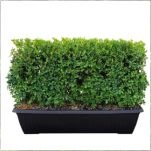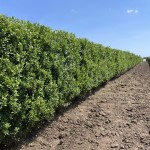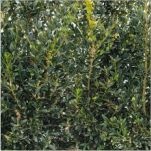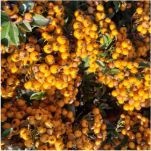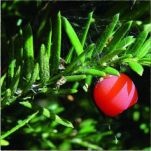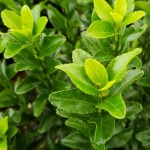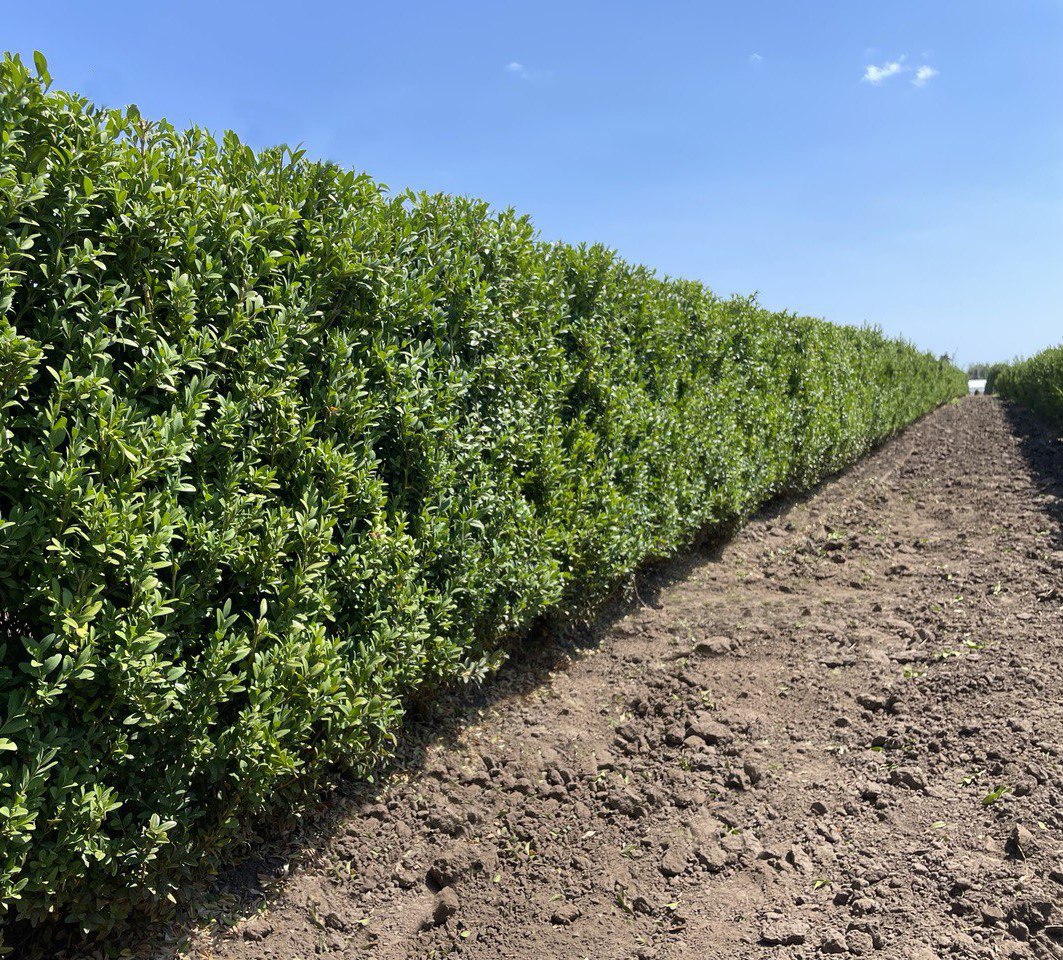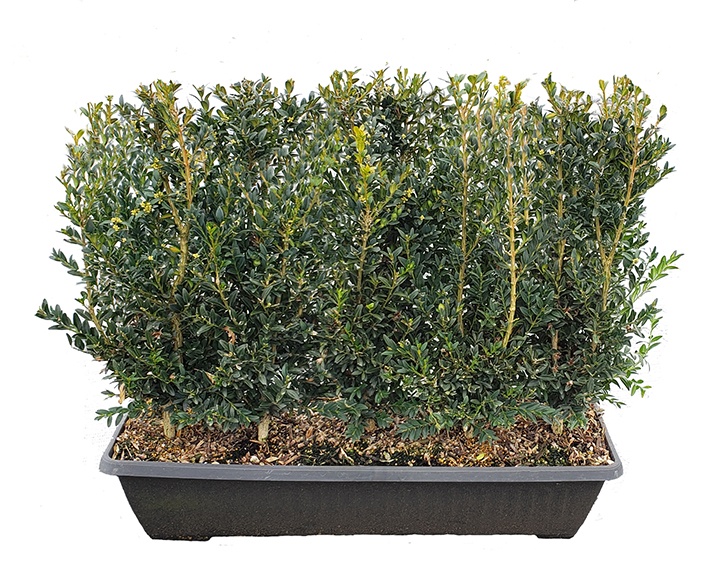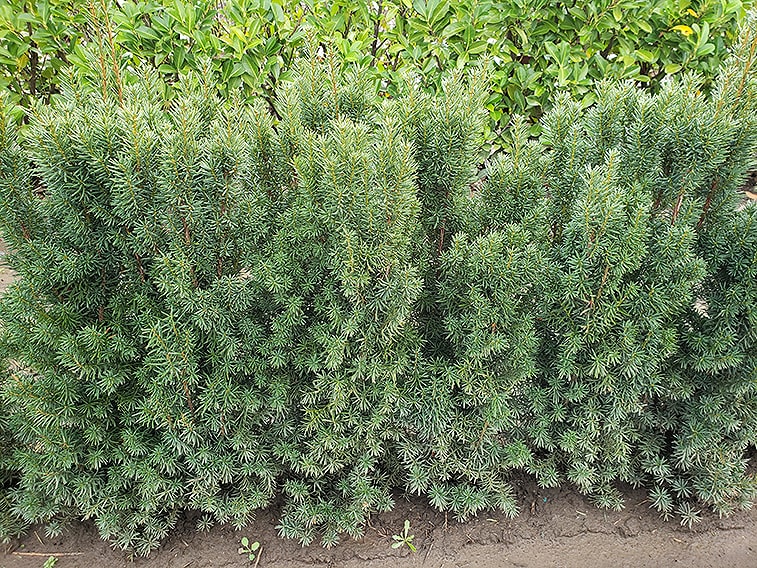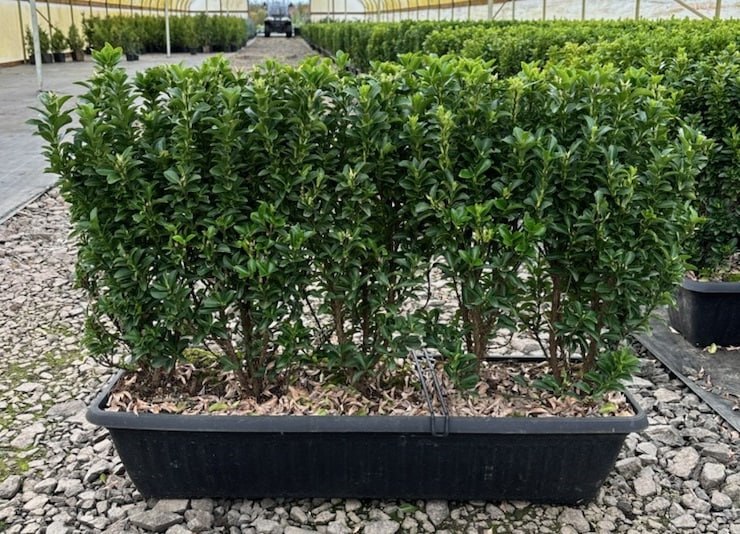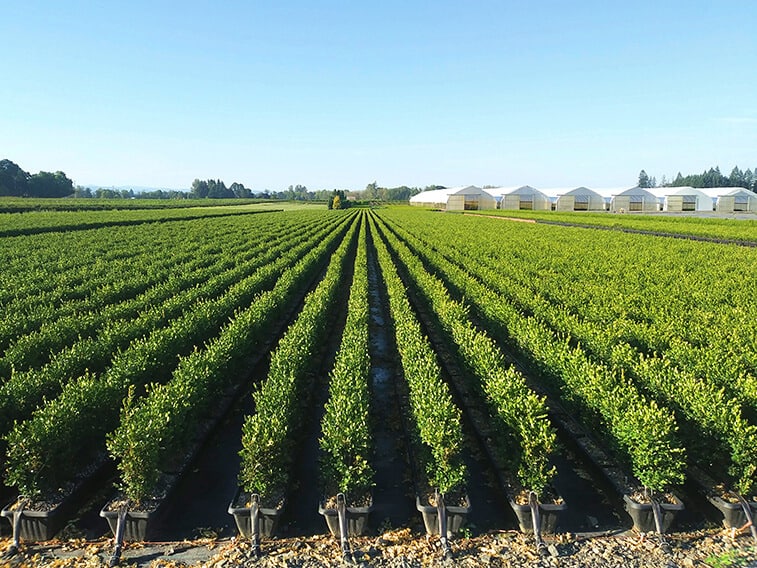
Green Mountain Boxwood Buxus 'Green Mountain'
A refined, upright boxwood with a naturally pyramidal form, Green Mountain Boxwood delivers year-round color and structure. Bred in Canada for cold tolerance, it maintains a deep evergreen hue through the seasons. Its elegant, conical shape makes it a standout choice for formal accents, topiaries, or neat hedges, all with minimal pruning. This cultivar thrives in a range of conditions and is both hardy and low-maintenance, making it a favorite for landscapes that demand beauty and reliability.
- Cold-Hardy & Resilient: Bred for superior hardiness, tolerating cold climates where many boxwoods falter.
- Naturally Pyramidal Form: Upright, cone-shaped growth reaching about 4‐5 feet tall and 2‐3 feet wide, ideal for stately hedges or sculpted topiary shapes without intensive shearing.
- Easy Care: Slow to moderate growth and dense habit mean low pruning needs. Adaptable to sun or partial shade and well-drained soils. Highly deer and rabbit resistant for trouble-free performance.

